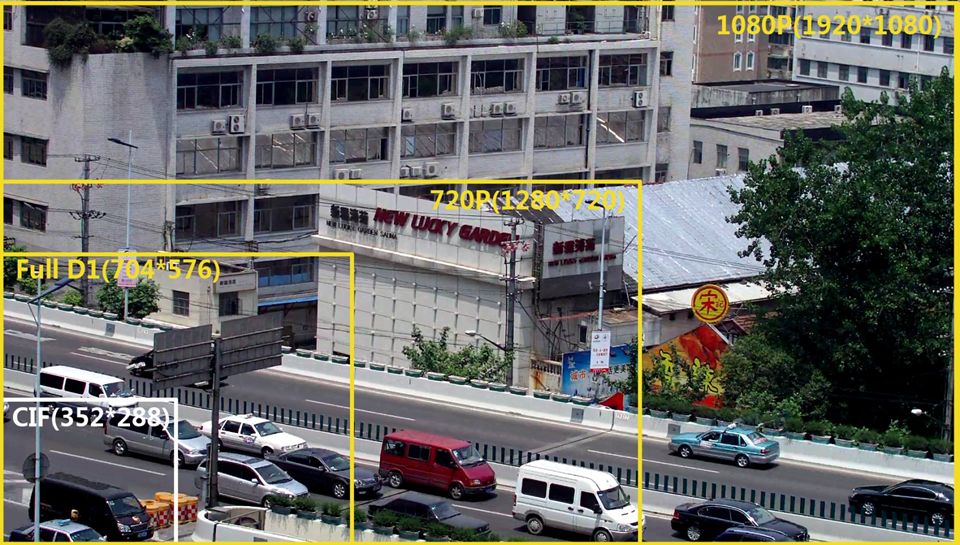What are resolution, frame rate, code stream and bit rate
For colleagues in the new video surveillance industry, there are several concepts that may be confusing and unclear about their relationship to each other, namely frame rate, resolution, and bitstream. I will talk about these concepts today and hope to deepen their understanding of those in need.
1. Resolution:Video resolution refers to the size or size of the image formed by the video imaging product. Its expression is: “horizontal pixel number* vertical pixel number”. Common image resolutions are QCIF (176×144), CIF (352×288), D1 (704×576), 720P (1280×720), and 1080P (1920*1080). The maximum resolution of camera imaging is determined by CCD or CMOS sensors. Now the camera basically supports modifying the resolution, which is generated by the camera's own software to crop the original image.

2. Frame Rate:A frame is a still picture, and continuous frames form an animation, such as a movie. The number of frames we usually call is the number of frames of the picture transmitted in 1 second, usually expressed in fps (Frames Per Second). Each frame is a still image, and displaying the frame in rapid succession creates an illusion of motion, restoring the state of the object at that time. High frame rates for smoother, more realistic animations. The more frames per second (fps), the smoother the displayed motion will be. In general, it is sufficient to set the image frame rate to 25fps or 30fps.
3. The code stream: The code stream refers to the data flow in the unit time after the video image is encoded and compressed, also called the code rate, which is the most important part of the picture quality control in video coding. At the same resolution, the smaller the compression ratio, the larger the code rate of the video image and the higher the picture quality.
The relationship between resolution, frame rate and code stream can be simply represented by the following figure:

For still images, higher image quality can be obtained with a lower code stream; for moving images, a higher code stream needs to be configured. For example, for a 720P camera, the typical bit rate is 2M. For indoor scenes, because there are fewer moving objects and less speed, 2M code stream can meet the requirements; for road monitoring scenes, the traffic speed is fast. The scene change is large, and it may be necessary to configure a 4M code rate. In practice, we should configure the transcoding rate to better adapt to scene changes.



